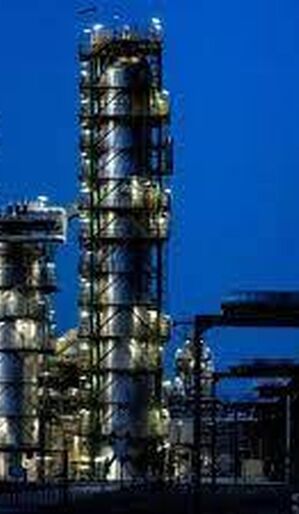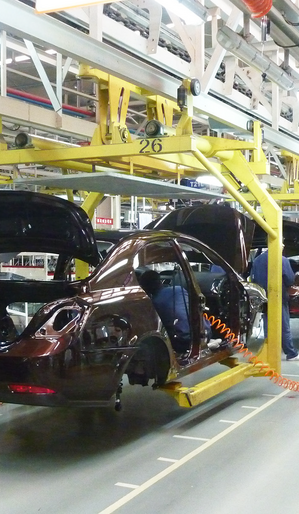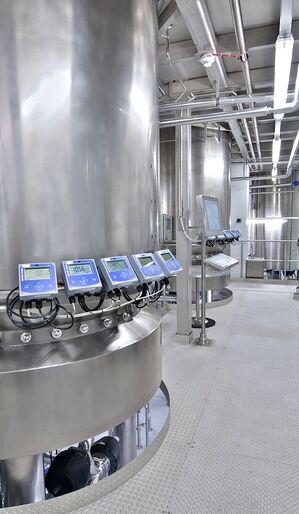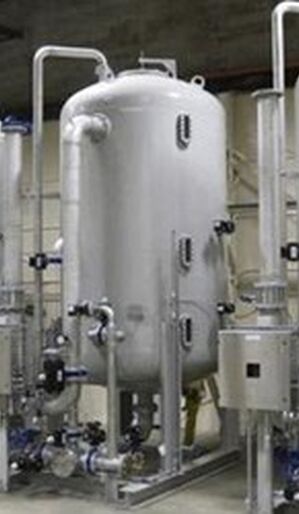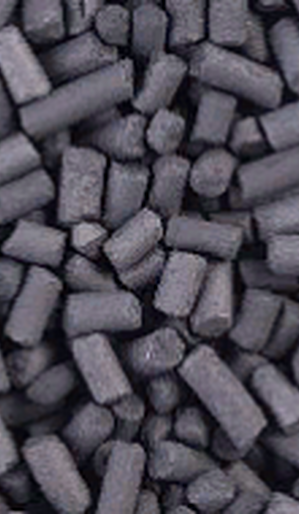Metal Finishing Industry
While the metal finishing sector has seen improvement over the last few years, there is still tremendous pressure to reduce costs due to future uncertainties.
In order to reduce these costs, many facilities instituted wastewater treatment improvements, including changes in wastewater pretreatment chemistry and the use of sludge dryers. While these means are quite effective in reducing the cost of treatment chemistry and off-site disposal, by themselves they are not enough.
Many localities and states are mandating lower wastewater limitations than are presently required under EPA’s Electroplating and Metal Finishing Pretreatment Standards. In addition, biomonitoring of direct discharges into surface waters has become a very common condition of NPDES permits.
Not only is biomonitoring very expensive, but many times the discharger must reduce contaminant levels significantly below the permit’s discharge limits to pass the tests.
Because of the uncertainty of future costs and squeezed profits, as well as the public and political pressure on the industry to reduce toxic chemical emissions, those finishers who respond to this challenge by seriously evaluating and implementing recycling and recovery opportunities will have a great competitive edge.
In this respect, we as Glanco Recover & Recycle, before treating wastewater from the metal finishing industry, are focusing initially on “Recycle of rinse water”, which has a great impact on wastewater treatment capacity otherwise.
Typical Resin Exchanger system designed for Recycling rinse water from Metal Finishing Industry.
